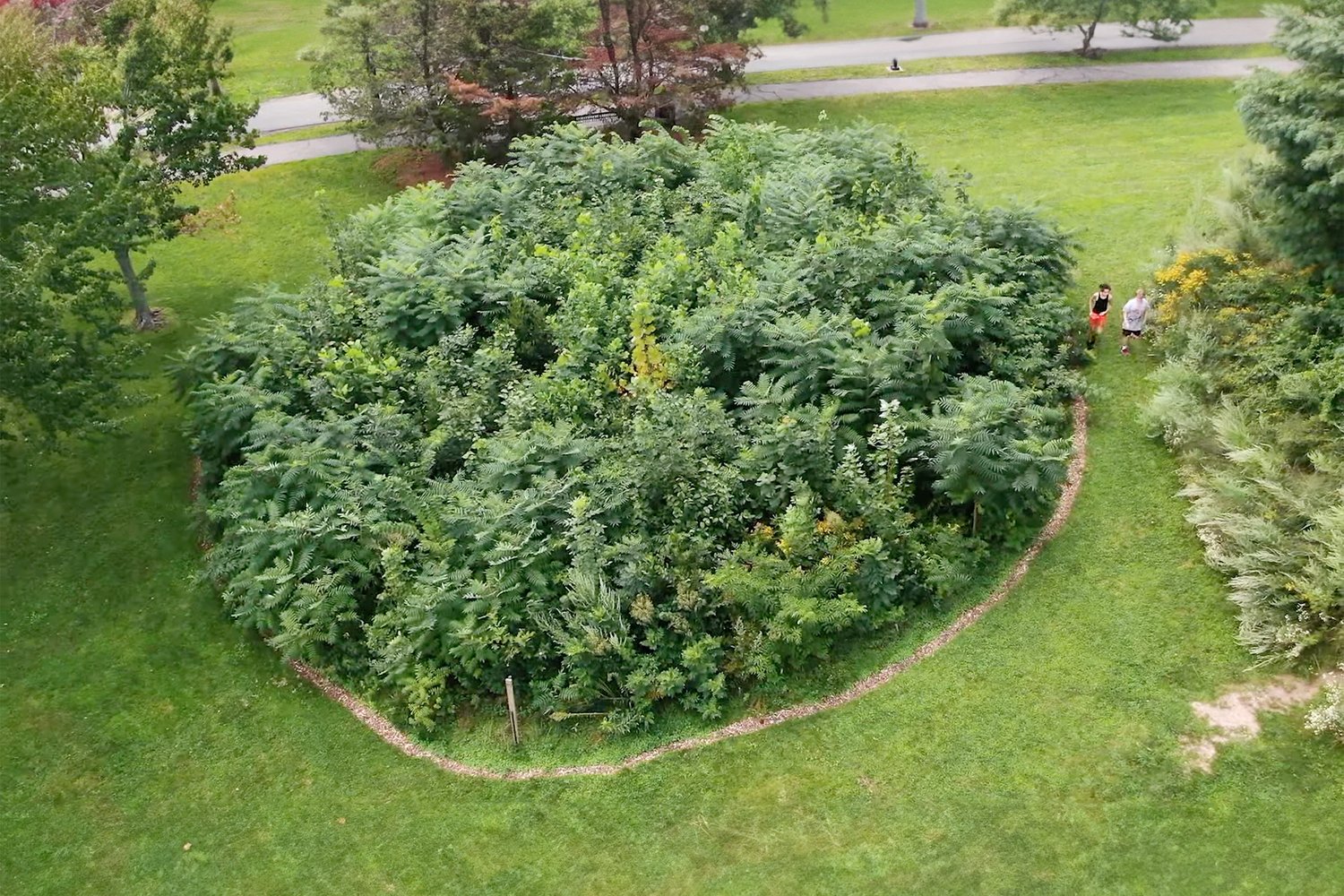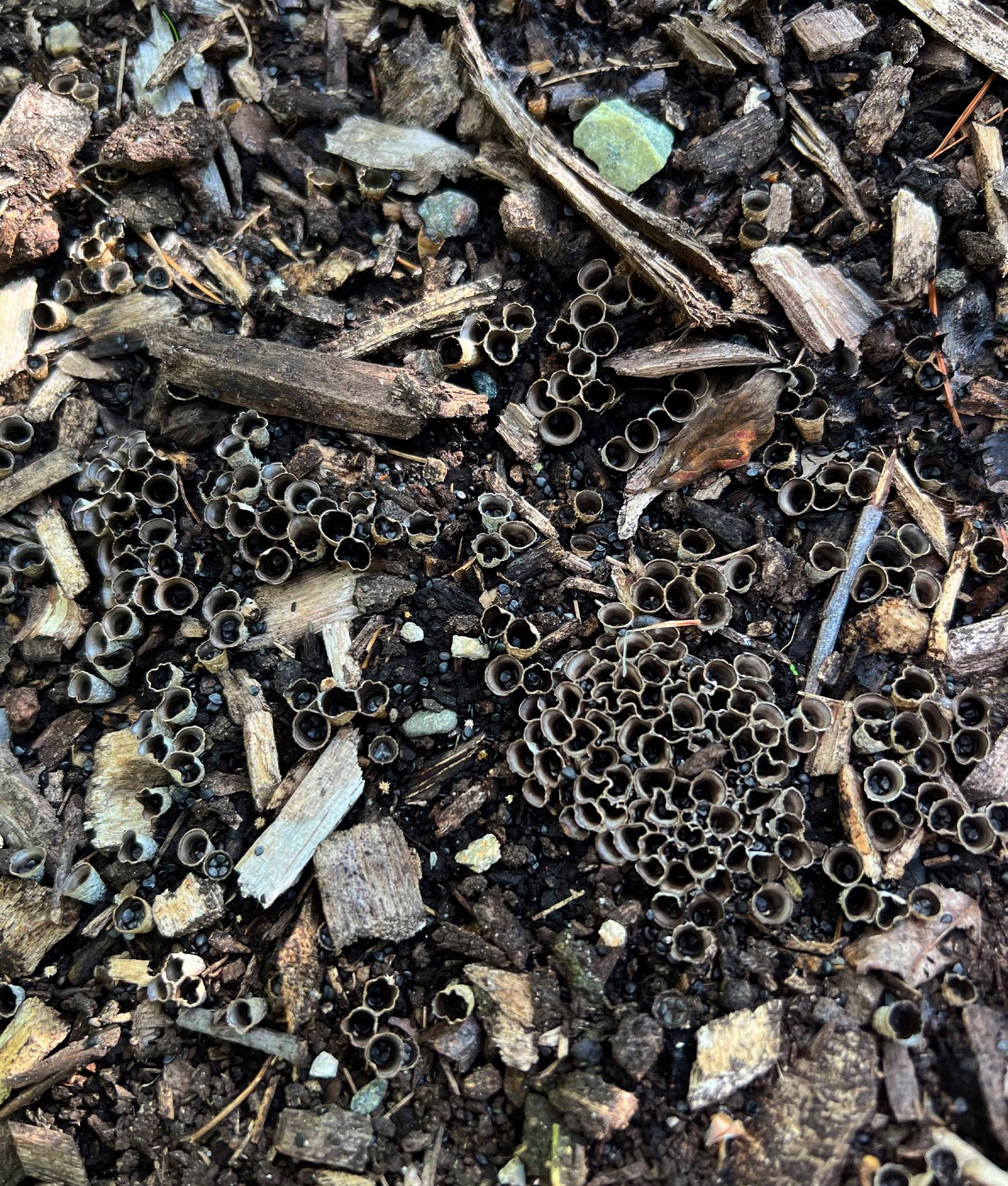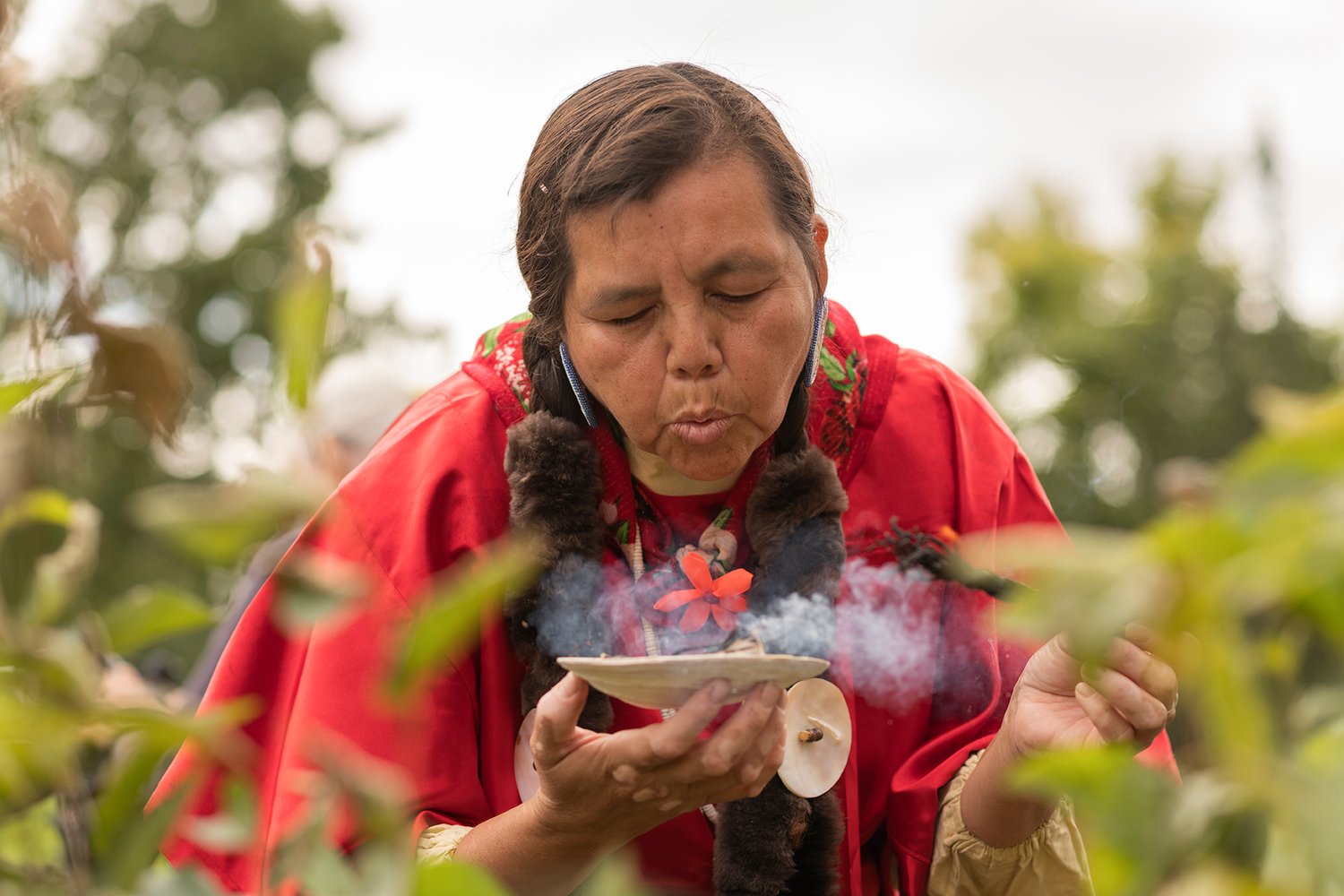
Cambridge, MA, USA
Danehy Park Forest
A forest on a former landfill in Cambridge
Danehy Park is a 50 acre recreational facility built on the site of the former city landfill.
The landfill was closed to active dumping in the early 1970s. The city subsequently reclaimed what would have been a waste land and turned it into a community resource.
At Danehy Park city residents can enjoy softball, soccer, biking, jogging and nature study.
Forest Maker Ethan Bryson

1,400
TREES
4,300
SQUARE FEET
32
NATIVE SPECIES


“This first Miyawaki Forest for the Cambridge community is an important local example of the ecosystem restoration. We hope to bring the benefits of nature closer to more schools, parks and hot spots in the city to make neighborhoods more resilient.”
— Paula Phipps, Associate Director Biodiversity for a Livable Climate
Forest Report: 1 Years
DATE: 25.09.2022
Survival Rate: 98%
Average of tallest 3 trees: 222cm
Danehy Park Forest is growing beautifully. With the help of partners from the City of Cambridge Urban Forestry and local community members, the forest has proven to be a budding ecosystem for a wide diversity of life. While the planted trees grow strong and spread their canopy, new seedlings germinate in the recharged soil. Since our planted trees are too young to be seeding a new generation, we believe it is the improvement in the soil and the network of relatives and companions that allows seeds that were dispersed into or lying dormant in the existing soil to sprout.
One of the most notable events in this first year was the widespread drought through Massachusetts during the summer, which reached a critical level. While our forest showed some signs of distress, it was largely spared from the drying, leaf drop, and death that struck a lot of the vegetation in the region. The watering provided as part of the forest’s maintenance was instrumental in keeping the forest alive. Though the drought conditions likely inhibited the growth from what we might have seen otherwise, we still saw a high survival rate and a doubling in height on average from the plants.



Biodiversity Notes:
It is a joy to witness the richness of this young forest enjoyed by birds, earthworms, bees, butterflies, dragonflies (among many other insects), and fungi. During the growing season, each trip to the forest was marked by the hum of life - so much buzzing and chirping among rustling leaves. This unique soundscape, along with the smell of rich soil and the vibrant colors of the plants, have made the forest a sensory haven.
Biodiversity identified includes: cabbage white butterfly (Pieris rapae), American robin (Turdus migratorius), black saddlebags dragonfly (Tramea lacerata), and several other types of dragonflies and damselflies (members of the order Odonata), bumblebees (members of the genus Bombus), and several other types of bees. We have also seen field sparrow (Spizella pusilla), grasshopper sparrow (Ammodramus savannarum), house finch (Haemorhous mexicanus) and red-tailed hawk (Buteo jamaicensis). Lastly, we have seen birds nest fungi (members of the Nidulariaceae family) in the forest too.
Besides the listed biodiversity, there have been signs of rabbits (evidenced by droppings), and many observed organisms not identified down to the species. These include some sightings of woodpeckers, numerous flies, gnats, aphids, spiders, mosquitos, multiple crickets and beetles, what may be honey mushrooms, and what may be wine cap Stropharia mushrooms.




Forest Report: Planting
DATE: 25.09.2021





“I’m thrilled to be creating a Miyawaki forest for the Cambridge community to experience and learn about native plants. Nurturing an awareness of native plants can build a brighter future and sense of inclusiveness as one realizes that diversity is critical for a healthy ecosystem.”
— Ethan Bryson, SUGi Forest Maker

Discover more SUGi Projects


De Ark
A forest learning center in Sint-Niklaas


Langalibalele Forest
Cultivating a green oasis for community wellness and education.


Papenhof Forest
Nature-based therapy at the heart of a city


